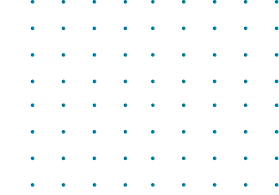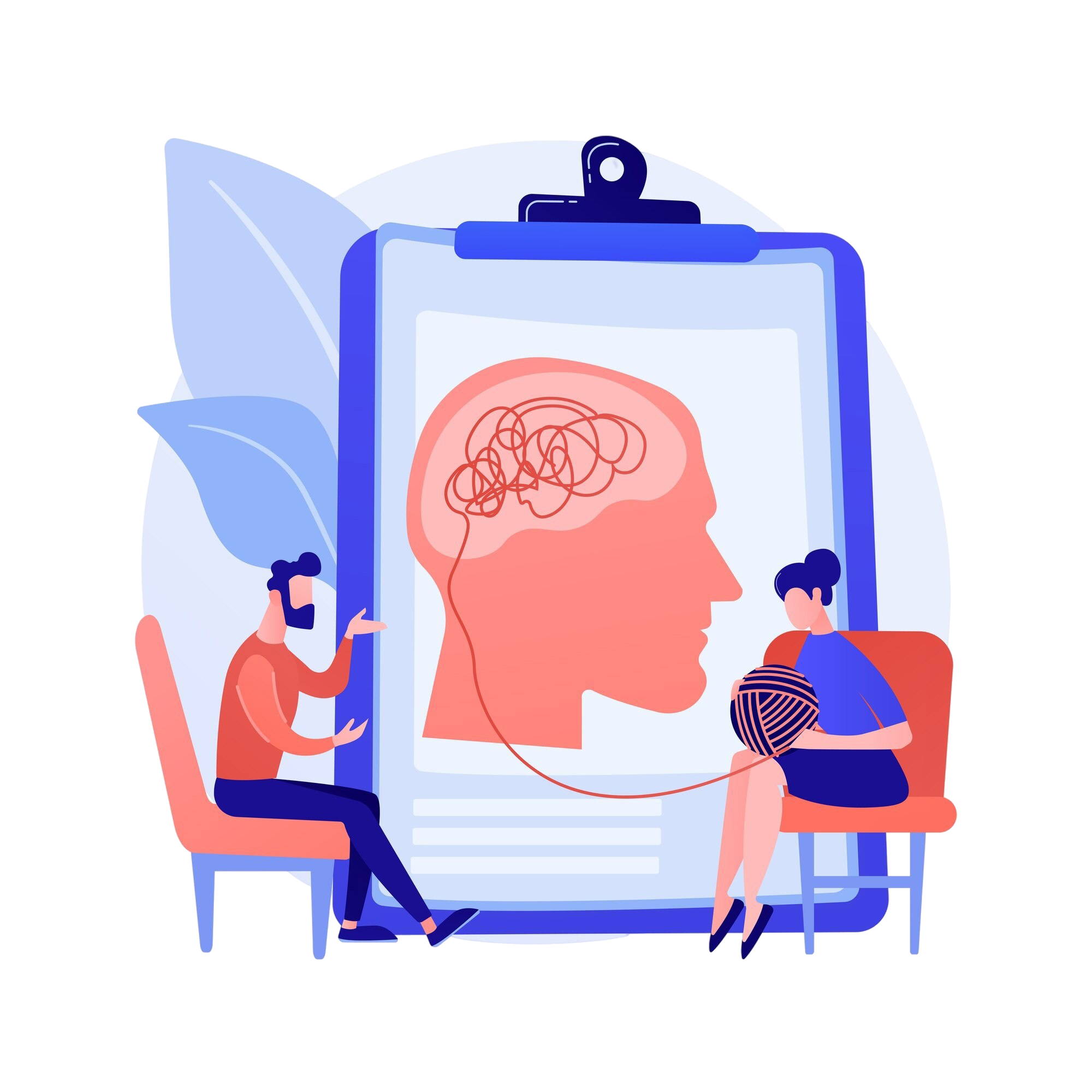Mental health activities include practices, exercises, worksheets, interventions, and tools that can be used for psychoeducational purposes to improve mental health awareness, manage stress, and enhance resilience.
They can vary widely depending on individual preferences and needs and include the following:
Physical exercise like running, walking, swimming, dancing, and stretching helps ease tension in the body, generate endorphins and other happy hormones, and promote a calm mind (Mikkelsen et al., 2017).
Expressive arts include drawing, painting, sculpting, crafting, writing, playing music, and singing, among others. Expressing feelings creatively can help unblock emotions and clarify what’s important (Vaartio-Rajalin, 2021).
Mindfulness and relaxation, such as meditation, breathwork, progressive muscle relaxation, yoga, and grounding techniques, can all enhance emotional regulation (Galante et al., 2021).
Seeking social support, such as talking to a trusted friend, joining support groups that focus on mental health challenges, or volunteering to help others, can enhance a sense of belonging and fulfillment (Wickramaratne et al., 2022).
Connecting with nature, including gardening, nature walks, and outdoor swimming, helps boost mood and reduce stress (Coventry et al., 2021).
Self-care activities like taking a warm bath, using aromatherapy, practicing sleep hygiene, and eating healthily nourish the body and brain, which improves mental health (Gartner & Riessman, 1982; Posluns & Gall, 2020).
In short, regularly engaging in mental health activities as shared above can enhance emotional regulation, boost mood, and build resilience to life’s challenges.










